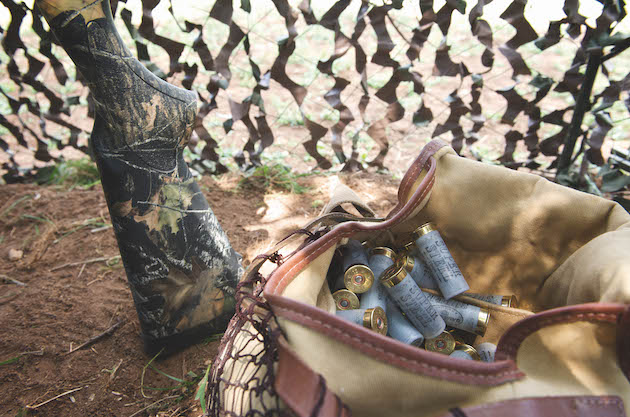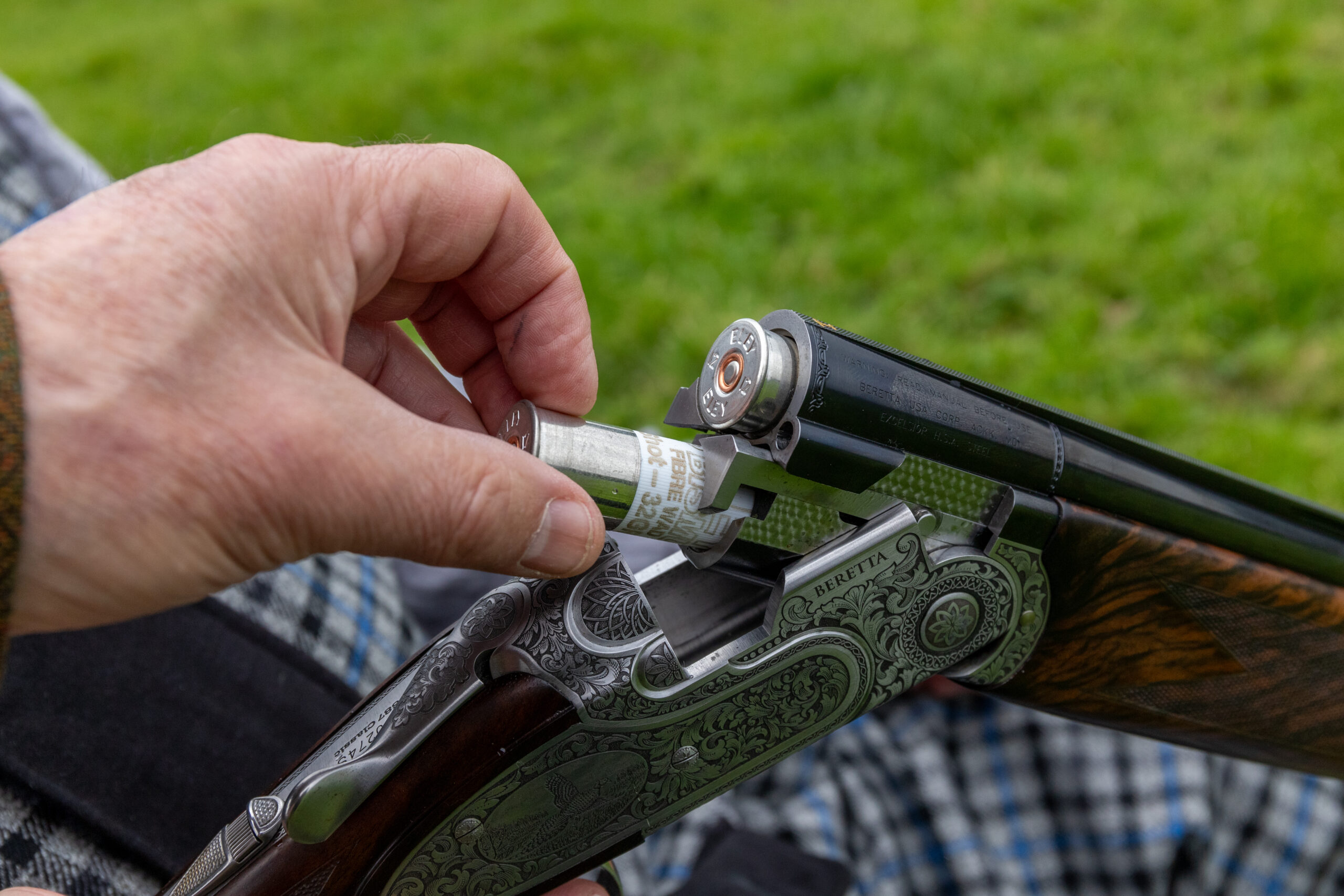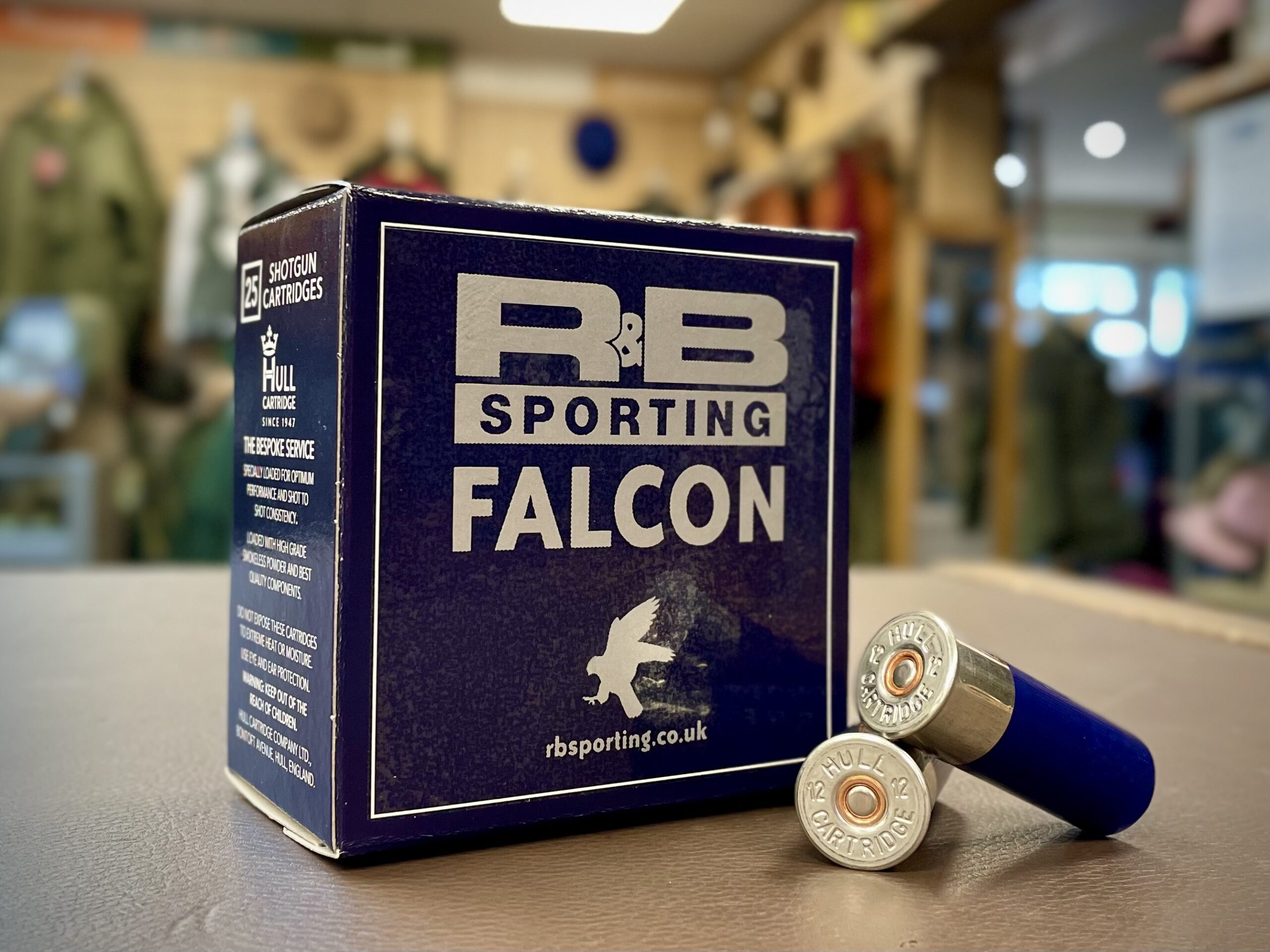Why spending money on ammunition is worth every penny
The amount you spend on ammo is a good indication of your priorities, but if you want to enjoy shooting regularly, it is worth every penny says Alasdair Mitchell

Will BASC's five-year phase-out of lead ammunition be brought forward by Defra?
Spending money on ammunition
An American ammunition maker used to deploy a slogan that referred to bullets as “the most important, least expensive” part of your hunting equipment. This has the ring of truth. We tend to think of a deer being killed by a rifle, but of course it is the bullet that does the work. And it is indeed a very small part of the financial equation.
They say you should spend as much on your riflescope as you do on your rifle. (Read our guide to riflescopes.) Then, of course, you may also find it necessary to fork out on all sorts of accessories. Apart from cleaning equipment and a knife, we’re talking about things such as binoculars, a bipod, a slip, a sling, a bag or drag rope, scope covers, shooting sticks, a sound moderator… the list of utterly essential bits of kit goes on and on. And let’s not even mention thermal imagers. How does the cost of rifle ammunition compare with this Matterhorn of discretionary expenditure?
A recreational deerstalker I know complained about the cost of copper ammunition. He reckoned it was simply too expensive for most amateurs. It emerged that the ammunition in question costs about 50p per round more than the equivalent lead version. Yet how many rounds does a recreational stalker use in a season? One ardent amateur I know gets through about 60 rounds a year — and that includes regular zeroing checks. Sixty multiplied by 50p comes to £30. Is that an unbearable additional burden? It’s the equivalent of perhaps seven pints of beer. Over a whole year, remember.
True, you can make any incremental cost increase look insignificant on its own. That is an argument I have often used to justify my own shooting expenditure. Admittedly, target shooters use a lot of ammo. For them, any rise in cartridge prices has a very real impact. And then there is the issue of using shotguns for pest control, where ammunition is a key cost.
Some people have claimed that they need to provide an essential service for farmers by shooting improbable numbers of rats in or around farm buildings with a .410. As a farmer myself, I have somehow managed to get along all these years without needing anybody to blast .410s around my farmyard. I doubt my farm insurance would even countenance such activity. If I ever needed to shoot rats in or near my sheds, I would probably use an air rifle, for obvious reasons. (Read more on ratting with air rifles.)
Besides, shooting serious numbers of rats with a shotgun must be a ruinously expensive method of pest control, given the cost of even the cheapest lead .410 cartridges. Of course, it might also be great sport.
A couple of months ago, a friend of mine expressed his horror at having to pay £200 to fill the tank of his Range Rover. I tried to sound sympathetic. The average price of driven pheasants is already about £45 per bird and rising, while the highest birds might command as much as £75.
Good luck to anybody who can pay that; I certainly can’t. But if I could, I don’t think I’d have the temerity to moan about the cost of cartridges and spending money on ammunition. Frankly, shooting high pheasants is expensive. And so is the obligatory Range Rover.








